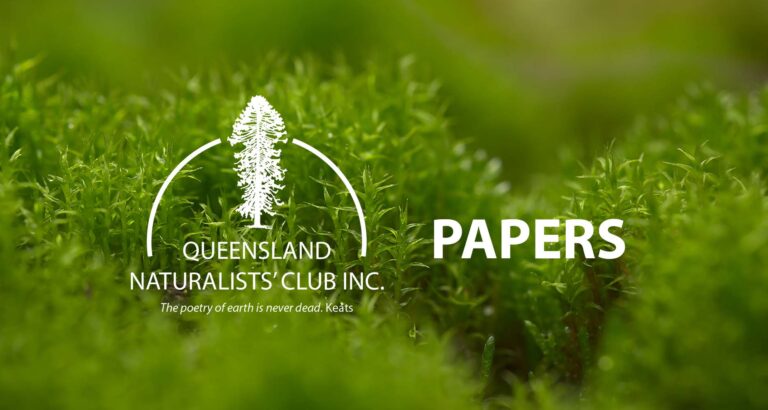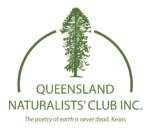
Notes on micro-fauna in settling ponds at Amcor Factory – Petrie Queensland
On Saturday August 24th 2002 the Queensland Naturalist Club (Inc) held a field trip to the Amcor Cardboard factory site at Petrie. Amcor is an Australian company and a major producer of cardboard for packaging products, like breakfast cereals and toothpaste packaging. In particular though the Amcor company is highly environmentally oriented and has applied a substantial part of it’s resources to preservation of the environment around Petrie and related water resources around the Petrie area.
On the field trip many birds were observed and QNC member Jim Whittle has a catalogue of over 200 bird species observed in this area over 15 years.
This paper however does not relate directly to birds, but considers the micro-fauna observed in the settling ponds.
Early Stage Settling
There is a very poor population of micro-fauna in the early stages of the settling process and from the samples taken on the field trip the micro-fauna in the early settling ponds was less than 5 % of the rotifer in the later stages. The early stages of the settling process displayed a lot of micro-fauna as displayed by the very green colour or the water. There were large numbers of Paranecium and Diatoms. There was also another animal species present, which looked like Euglena but there was no flagella (beating tail). It appeared very active but the means of movement was not clear. There were, however, very few rotifers, and a count, and straining of animals in 300 ml of water only revealed 14 animals.
Medium Stage
In the medium stage of the settling process there was a significant increase in the number of animals. At the same time there was a substantial reduction in the micro-flora. The water was no longer the previous green colour, but was a muddy brown instead. The micro fauna had increased in number and it was not possible to count the animals in 300 mls of water, but it would have been at least 150 animals.
Final Stage
In the final stage of the settling process the water of the cardboard factory is taken to the “duck pond”. When it was observed here, the water was quite clear and transparent, and there was an abundance of micro fauna. The writer of this paper saw a turbulence on the bank of the pond and (correctly) concluded that there were fish feeding there. A netting failed to catch a feeding fish, but did nevertheless, capture a large number of micro-fauna that the fish were feeding on. There was a very large number of animals in this sample – much more than in the previous samples. In fact there were more animals than it was possible to count in the 300 mls of water sampled.
Several species were observed. There were the same of Paranecium and Diatoms, as well as an abundance of the same rotifer as was in the earlier ponds but this time there were also Daphnia present. There were no daphnia observed in the early settling ponds.
Conclusions
It would appear then that as the settling stages continue, that there is an increase in micro-fauna and a decrease in micro-flora. The early stages displayed a very green colour of water, indicating much vegetation whereas the later stages showed almost clear water and a much greater amount of fauna.
The micro-fauna increases in population and variety in later settling stages.
Further Research
Obviously this paper has only touched a fraction of the micro-biology of the Amcor cardboard factory ponds. The writer is not actually sure of the species collected but has micro photography prints of the specimens collected. If any member of the QNC is able to assist with identifying the species that would be most helpful.
